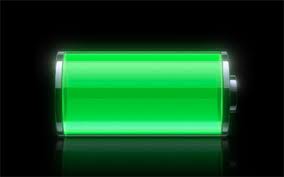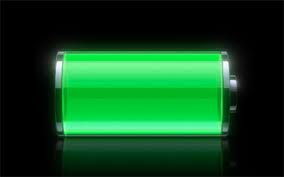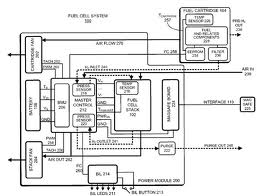Apple won patents for its battery technology which seeks to provide long-lasting energy supply to its mobile gadgets. “Fuel Cell System to Power a Portable Computing Device” and “Fuel Cell System Coupled to a Portable Computing Device” were approved by the United States Patent and Trademark Office on December 22. The fuel system will reduce battery size, fuel system weight and cost, according Apple. Unlike the current batteries found in iPhones and iPods, the hydrogen fuel cell system can generate sufficient energy to allow these mobile gadgets to operate for weeks without refueling.
Highlights of Contents
Hydrogen Fuel Cells Compared With Batteries
Like a common battery, hydrogen fuel cells contain two electrodes with opposite charges, one is negative and the other is positive. The negatively charged electrode of the fuel cell supplies the electrons to create electric current that will power electronic devices. These negatively charged electrons go on a round-trip to reach the opposite electrode where they combine with positively charged ions. The chemical reaction that will ensue will create water as a byproduct, thus creating another supply of hydrogen to be oxidized to create new negatively charged and positively charged ions. Hydrogen fuel cells can continuously generate electric current as long there is a supply of oxygen and hydrogen.
Apple’s Fuel Cell System
The same principle is used in the approved patents of Apple, though the technology is more complex. The fuel cell system consists not only of a cell stack but an internal battery, master board controller and a means for bidirectional communications between the gadget and the fuel source. The fuel cell stack converts hydrogen gas into electric current and passes the electricity to the internal battery and the device.
One of the distinguishing features of the fuel cell system is the use of bidirectional communications interface through which the gadget and the fuel cell system can communicate with one another. The fuel cell system tells the device how much is the current power supply, the status of battery recharging, the amount of hydrogen fuel left and other power indicators. Based on this real-time data, the gadget can alert the fuel cell stack when to generate electricity from hydrogen and how much of the current will be converted into internal battery voltage. Every time the device is on, it can communicate its power demand predictions to the fuel system. Also, when the battery is fully charged, the device can tell the fuel cell system of the decline in power demand. This bidirectional communications link results into more efficient utilization of energy.
The technology is another boost for the environmentally-friendly image of Apple, which also uses recyclable materials and minimizes carbon footprints through compact packaging.


